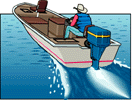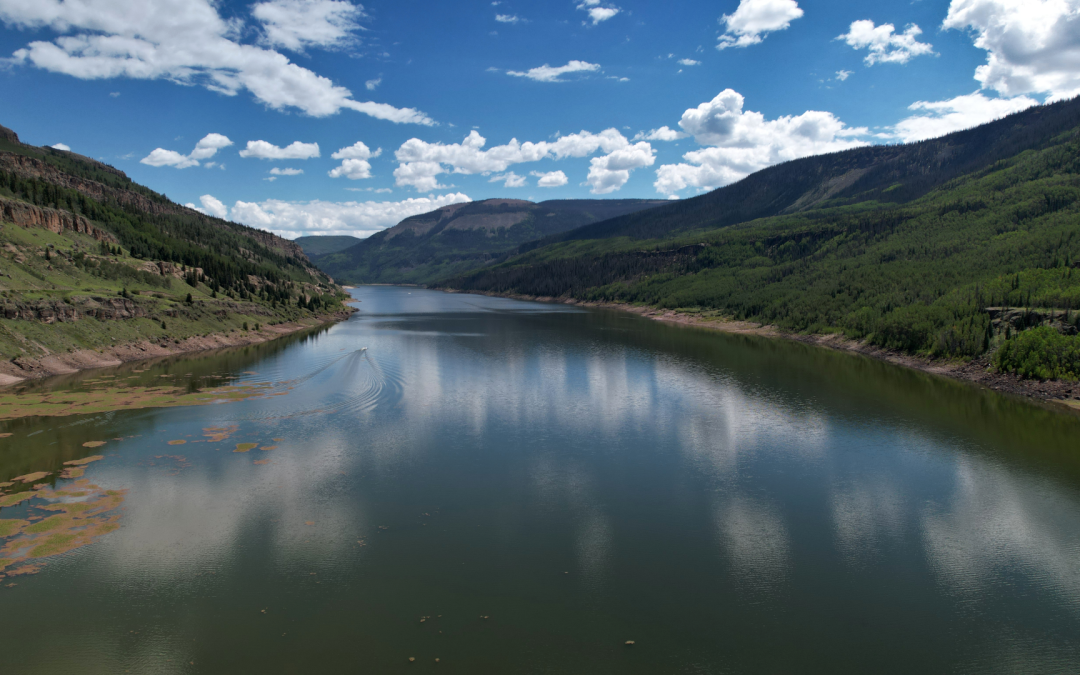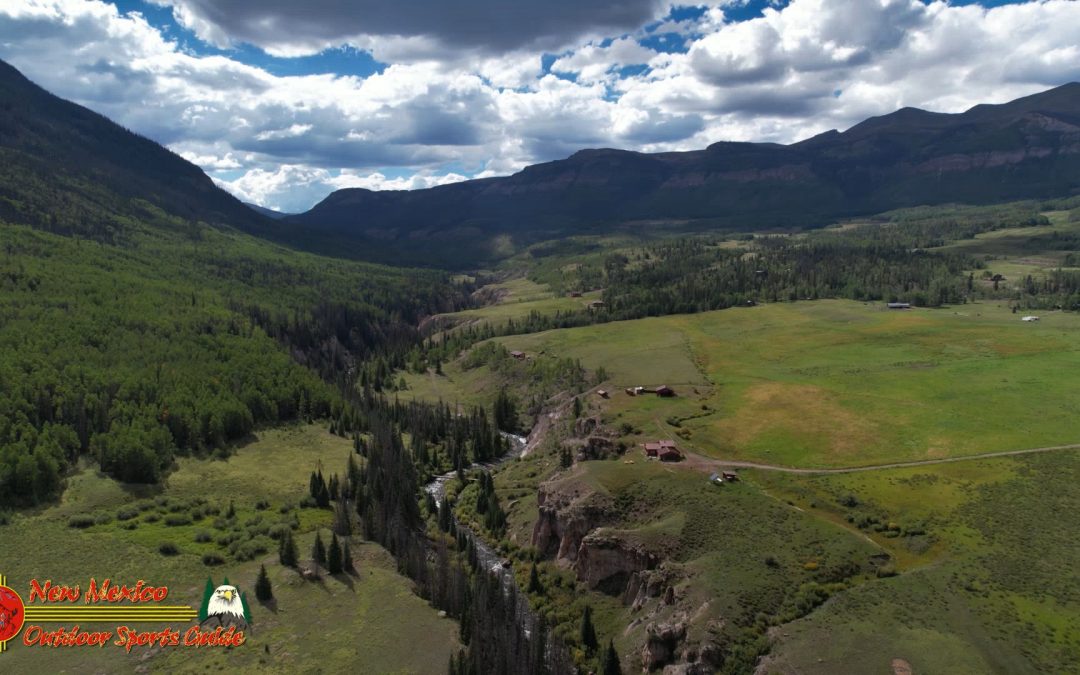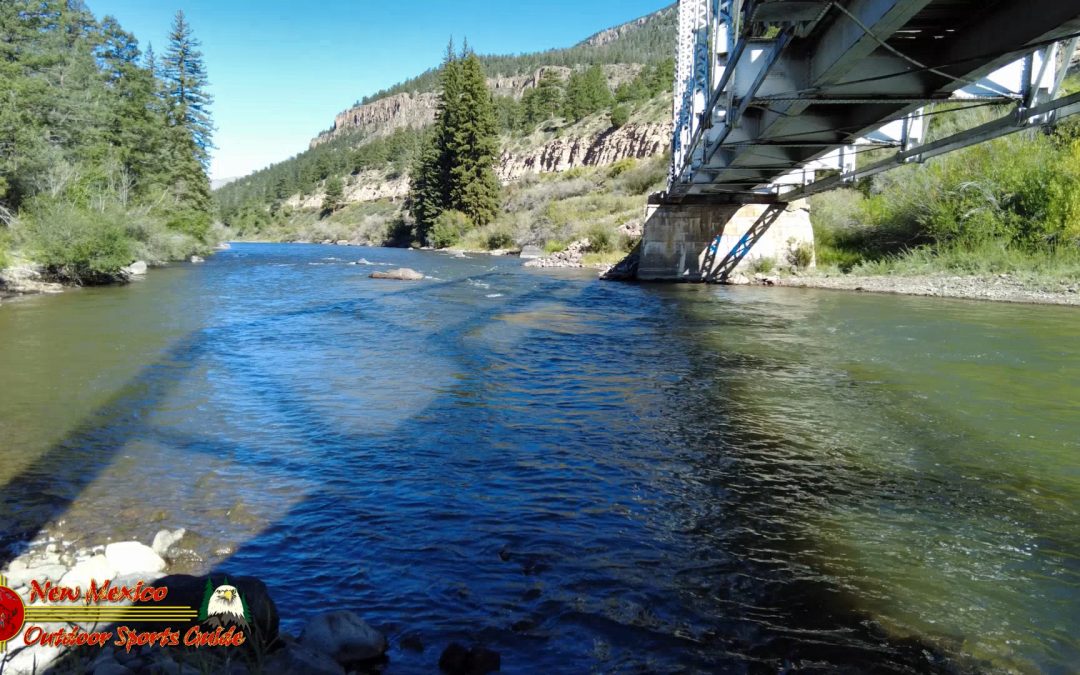Rio Grande River

The Rio Grande River website was created to provide a free listing and posting site for guides, restaurants, marinas and lodging establishments. Contact us to create a free account where you may create your own custom web page advertising your business, post blogs and upload photos.


Rio Grande, Spanish Río Grande del Norte, or (in Mexico) Río Bravo, or Río Bravo del Norte, fifth longest river of North America, and the 20th longest in the world, flows through the state of New Mexico then forming the border between the U.S. state of Texas and Mexico. Rising as a clear, snow-fed mountain stream more than 12,000 feet above sea level in the Colorado Rocky Mountains, the Rio Grande descends across steppes and deserts, watering rich agricultural regions as it flows on its way to the Gulf of Mexico at Brownsville, Texas. The total length of the river is about 1,900 miles.

The principal tributaries of the Rio Grande are the Conejos River, Pecos River, Devils, Chama, and Puerco rivers in the United States and the Conchos, Salado, and San Juan in Mexico. The peak of flow may occur in any month from April to October.
Dams on the Rio Grande include Rio Grande Dam, Cochiti Dam, Elephant Butte Dam, Caballo Dam, Amistad Dam, Falcon Dam, Anzalduas Dam, and Retamal Dam. In southern New Mexico and the upper portion of the Texas border segment, the river’s discharge dwindles. Diversions, mainly for agricultural irrigation, have increased the natural decrease in flow such that by the time the river reaches Presidio, little or no water is left. Below Presidio, the Rio Conchos restores the flow of water. Near Presidio, the river’s discharge is frequently zero. Its average discharge is 178 cubic feet per second , down from 945 cubic feet per second at Elephant Butte Dam. Supplemented by other tributaries, the Rio Grande’s discharge increases to its maximum annual average of 3,504 cubic feet per second near Rio Grande City. Large diversions for irrigation below Rio Grande City reduce the river’s average flow to 889 cubic feet per second at Brownsville and Matamoros.

Rio Grande River Recent News Blogs
Primary Water Sources for the Rio Grande River Watershed
Primary Water Sources for the Rio Grande River Watershed
Rio Grande Pueblos
The Rio Grande winds its way through the southwestern United States like a silver ribbon, carving a natural border between the US and Mexico for much of its 1,900-mile journey…
New Mexico Fly Fishing: A Rural Texan’s Guide to Casting in the Land of Enchantment
New Mexico Fly Fishing: A Rural Texan’s Guide to Casting in the Land of Enchantment
Rio Grande Headwaters Cabins August 2022
The Rio Grande River originates in Colorado with two main source points found in the San Juan Mountains and the Continental Divide. The primary source is Canby Mountain, with its…
Creede Colorado August 2022
This historic mining town offers contemporary boutiques for plenty of shopping but maintains its traditional character through the remembrance of its roots. Our Underground Mining Museum and old mining tours…
Rio Grande River Fly Fishing Public Access USFS Rd 430A August 2022
The Upper Rio Grande area offers some of the best fishing in Colorado. Gold Medal waters on the river and an abundance of creeks, lakes, and reservoirs provide year-round opportunities…
Hiking the Upper Rio Grande River
High Mountain hiking at the headwaters of the Rio Grande. The Lost Trail is nestled among aspen and spruce trees at the head of the Rio Grande River near Creede,…
Rio Grande Reservoir Fly Fishing Creede, Colorado August 2022
The Rio Grande originates in south-central Colorado, in the United States, and flows to the Gulf of Mexico. The Rio Grande rises in high mountains and flows for much of…
Rio Grande River Wagon Wheel Gap August 2022
A wagon wheel was found stuck in the mud and the “place where the wagon wheel was found” was later named Wagon Wheel Gap. Colorado’s upper Rio Grande River, from…
Rio Grande River Fly Fishing Coller State Wildlife Area Fly Fishing Public Access
The Rio Grande pours out of the Box Canyon below Rio Grande Reservoir into a broad open valley, then flows for miles, flowing its way towards Creede. From there it…
Rio Grande River Coller State Wildlife Area Fly Fishing Public Access
No river is more enjoyable to float and fly fish in summertime than the Rio Grande in Southern Colorado. The river begins in the alpine mountains above Creede, and flows…
Rio Grande River, Campground, Pocket 2, Lost Trail Creek, Trout Fishing, Creede, Colorado
Rio Grande River Lost Trail Campground on Lost Trail Creek












